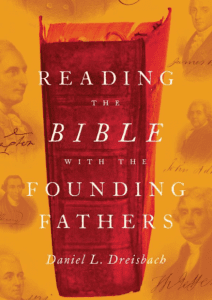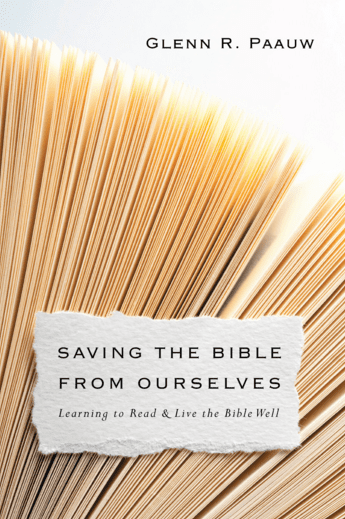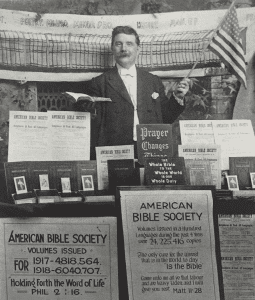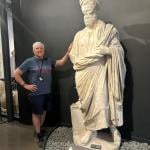I don’t know the percentages, but my own suspicion is that no more than 25% of church attenders/members have read the Bible from cover to cover. Not just the good bits, like Matthew and John and Acts and Romans and Hebrews and Revelation, but also Leviticus and Numbers and Chronicles and Jeremiah and Ezekiel. The whole thing. So the Bible sits there and gathers dust.
 Exhortations to read the Bible often don’t work, so other methods need to be found. And Sean Gladding’s new book might be one with more possibilities than the others I’ve heard. Sean’s book is called The Story of God, the Story of Us: Getting Lost and Found in the Bible, and it is attractive because it does the work for you.
Exhortations to read the Bible often don’t work, so other methods need to be found. And Sean Gladding’s new book might be one with more possibilities than the others I’ve heard. Sean’s book is called The Story of God, the Story of Us: Getting Lost and Found in the Bible, and it is attractive because it does the work for you.
Does anyone know the numbers? How percentage of Christians have read the whole Bible through? Have any local pastors done a survey? What are you seeing, hearing, doing?
Which means this: What perhaps most discourages people from reading the Bible from cover to cover is that the Bible is so long and there are so many passages that go on and on and that don’t vibrate with people enough. What is needed is a grasp of the whole. Gladding’s book does that. But before I describe it, let me speak to another problem.I believe one of most difficult problems in reading the Bible is that many people already know what they believe and therefore already know what the Bible is going to say. That is, many people have a theology — a systematic theology – that they believe and they are convinced that theology is what the Bible is really saying, and therefore while they might benefit some from reading Leviticus, they already know what they believe. In my book The Blue Parakeet: Rethinking How You Read the Bible, I call these kinds of readers “Puzzlers.” They see the Bible as a giant puzzle of pieces and they have already put the pieces together into the Grand System and therefore know what it really is trying to say. There’s nothing left to discover.
The unity of Scripture, however, is not to be found in our reconstructed theology but in the Story it tells.
And another major problem is putting the whole thing together so that one knows where one is as one reads the Bible. Hence, what many are looking for is someone to put the whole Bible together.
Sean Gladding knows the way to read the Bible is to grapple with its Story, and so he imagines us sitting next to the Babylonian exiles in Babylon, by the river, and tells us in short, clipped, but coherent chapters the major parts of the Story: Creation, Catastrophe, Covenant, Community (Exodus and Sinai), Conquest, Crown, and Conceit. He’s got more Cs in his book than even Andy Crouch!
Then we hear the narrative of the Christ Story from a different angle in Christ, Cross, Church, Consummation.
Who is this book for? All of us. But who will benefit the most? Maybe most of us, but especially those who find the Bible intimidating — and pastors I would urge you to realize that perhaps the majority of your congregation is intimidated by the length of the Bible. Here is a great place to start!











